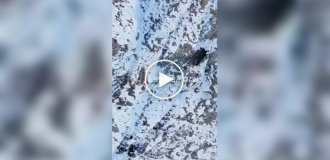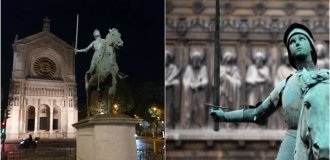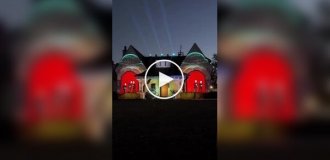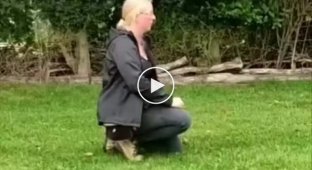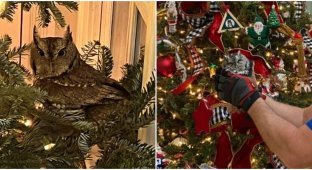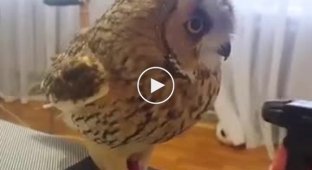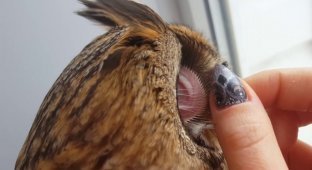Why is an owl the only bird that can get wet? (6 photos)
All birds are not happy about flying in the rain, but the owls seem to be especially unlucky. Their feathers get wet faster than anyone else's! And a wet owl is a frozen and pitiful creature. This appearance not only discredits the owl as a formidable predator, but is also extremely dysfunctional - it is difficult for the bird to even fly! But why is everything like this? 
Slept 4 hours/slept 8 hours.
To explain the reasons for the vulnerability of owls to moisture, I will have to introduce you to the basics of ornithology. Birds usually have fairly moisture-resistant plumage. It repels liquid so well that most birds use their beaks to build roofs for their nests. 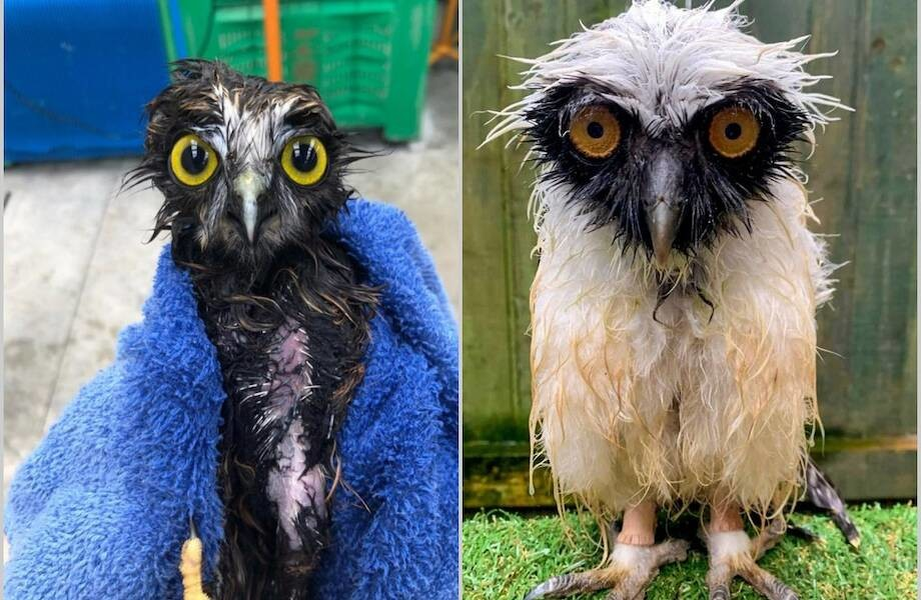
Getting an owl wet reveals just how small they are!
It was previously believed that birds kept their plumage dry thanks to the secretion of the coccygeal gland. The oily liquid performs several functions at once. Firstly, it protects everything around from fungi, parasites and bacteria. And secondly, it repels water. 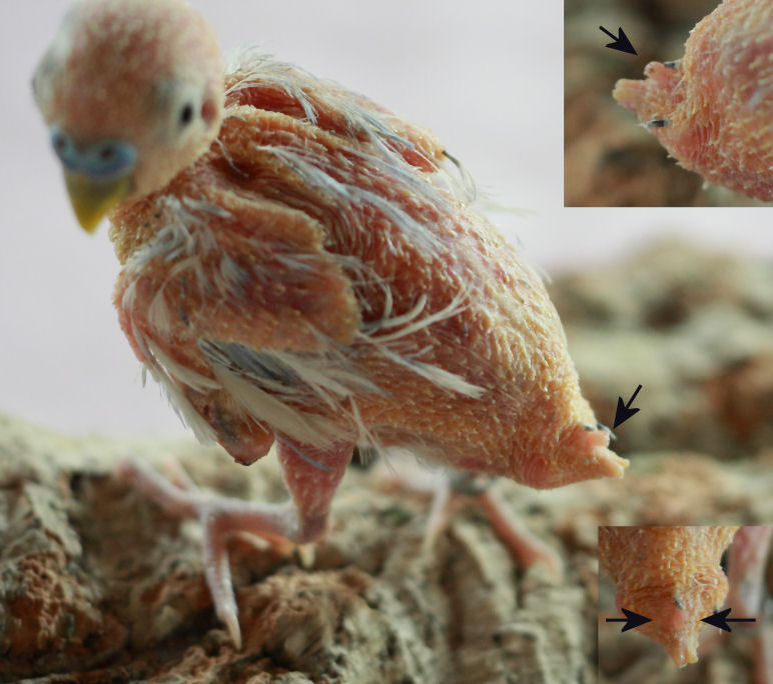
Baby parrot with a clearly visible coccygeal gland.
Birds spend a lot of time every day carefully smearing the contents of the gland throughout their feathers. And everything seems logical and understandable. But there is a nuance: in owls, the coccygeal gland works no worse than in other flyers. Consequently, although this organ is useful for maintaining feathers in health, it does a poor job of protecting against water. Scientists had to dig further. 
“How I hate you all,” is clearly visible in his eyes.
And we got to the bottom of it! The main role in the moisture resistance of feathers is played by their structure itself. A bird's feather is not a solid plate, but many barbs with hooks at the ends. They cling to each other and form a fine mesh. When a drop of water falls on the mesh, it touches the feather in just a few places. Most of the water hangs on a cushion of air, so there is nowhere for it to absorb! The more beards a bird has, the less likely it is that water will pass through the crack and get on the vulnerable down feathers. 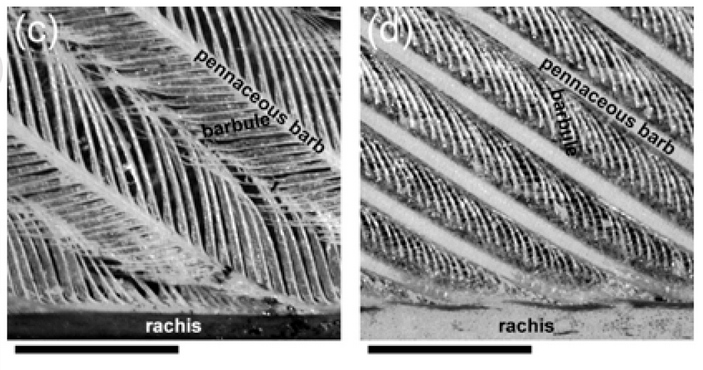
On the left is part of a buzzard feather, on the right is a waterfowl feather. The high density of barbs (small transverse stripes) is the main reason for the hydrophobicity of their plumage.
Owls' plumage is a little different - it's hairy! The fringe is remarkably wet, causing drops of water to fall directly into the bird's downy layer. But why did the owls break the mechanism that all flying birds have by default? 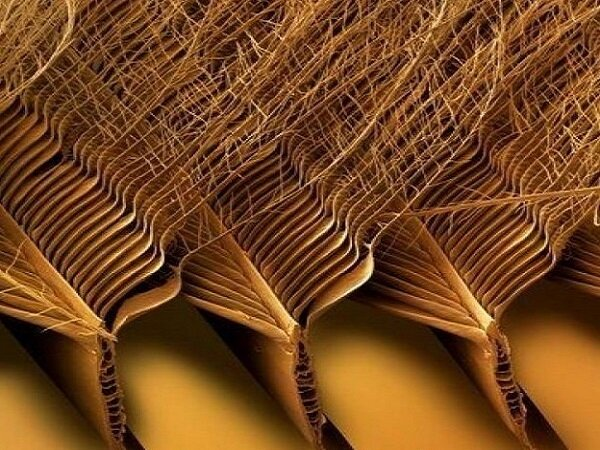
Three-dimensional reconstruction of owl feathers based on data from an electron microscope. It is because of these small hairs that owls get wet even in light rain.
All for the sake of efficiency. Yes, uneven plumage with fringe gets wet better. But it also makes the flights of owls almost silent. The villi break the air movement into many multidirectional flows, and loud pops turn into barely noticeable noise. It turns out that when an owl gets wet, it pays the price for the right to be the most effective night hunter on the planet!

